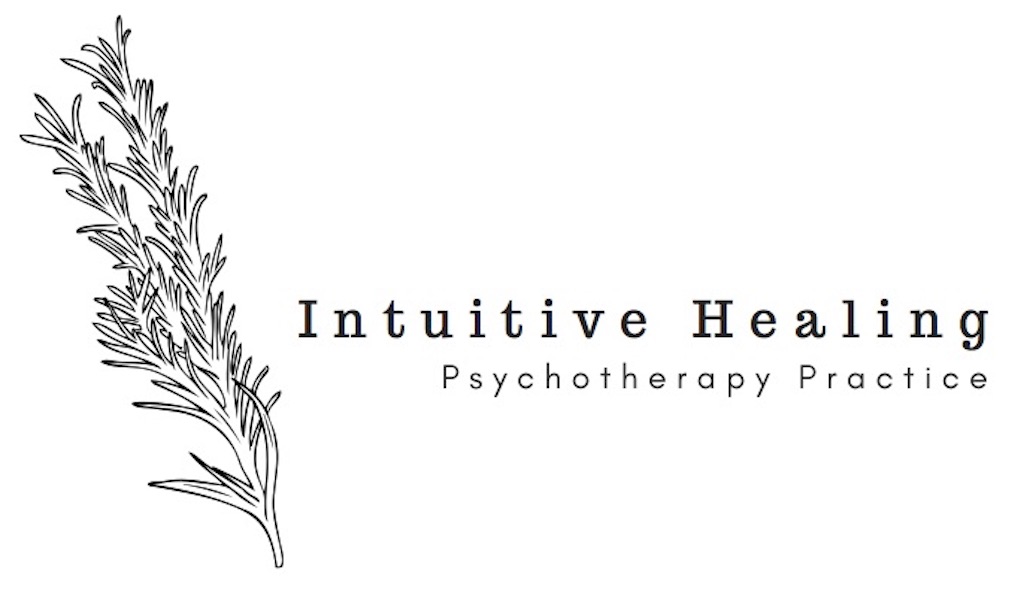Anchoring in the Waves: How to Steady Yourself by Dropping Anchor
Milou Haskin, MHC
Our emotional body moves like the ocean. Some days the water is calm, other days the tide pulls hard, and at times the waves crash so suddenly we feel like we can barely breathe. We can’t stop these waves from coming. They are a natural response to change. They are a part of love, a part of life, a part of being human.
But just as sailors know to drop anchor in a storm, we too can steady ourselves when life’s waters get rough. Anchoring doesn’t make the storm disappear, but it keeps us from being swept away completely.
One of the most powerful ways to do this comes from Acceptance and Commitment Therapy (ACT), in a practice called Dropping Anchor. This simple tool gives us something solid to hold onto when grief, anxiety, or painful emotions and experiences feel overwhelming.
Dropping Anchor is not about avoiding the waves of difficult emotions that arise. It’s about expanding our awareness so we can feel the storm and find some ground beneath us at the same time. This practice can help us to:
Handle difficult thoughts and emotions more effectively
Break cycles of behavioral habits, rumination, and overwhelm
Come back to the present moment
Stay steady enough to ride out the waves
The ACE Formula: Dropping Anchor Step by Step
Think of this as dropping a sturdy anchor deep into the seabed of the present moment. You can use this when you want to steady yourself in difficult moments or shift out of auto-pilot. This tool can be helpful in navigating panic attacks, chronic pain, and flashbacks.
A: Acknowledge your thoughts and feelings
Begin by naming what is here, gently and without judgment:
“There’s sadness. There’s tightness in my chest. There are thoughts racing through my mind.”
You don’t have to fix or fight them. Simply notice, as if you were a curious scientist observing the inner weather. You might choose to silently narrate your inner experience. As neuropsychiatrist Dr. Dan Siegel teaches, labeling an emotion with words helps calm the amygdala—the brain’s alarm system—and engage the prefrontal cortex, which brings perspective and regulation. In other words, we “name it to tame it.”
C: Come back into your body
Next, orient back to your body as a way of steadying yourself. Experiment with this and see what works best for you. You might try:
Pressing your feet firmly into the ground
Straightening your spine and rolling your shoulders
Gently pressing your fingertips together or shaking out your hands
Slowly stretching your arms or neck
Taking a slow, steady breath, letting your exhale grow longer
By bringing our awareness from our inner experience (A) to our body (C), we remind ourselves that around the pain or discomfort inside us, there is a whole body we can move, stretch, and ground into. This isn’t about distraction or escape. We’re expanding our focus: staying aware of what’s happening inside, while connecting to the strength of our body here and now.
E: Engage with the world around you
Finally, open your attention outward to your environment or the task at hand:
Look around and label five things you can see
Find your favorite color in your environment
Notice what you can smell, taste, or touch
Re-focus on the activity or task in front of you
This step re-anchors us into life itself, as it is happening—reminding us that even in the storm, there is still a world here to meet us. Once we have oriented ourselves to what is happening in the present moment, we can pause and check in with how we feel.
You can run through the ACE cycle in just 30 seconds when a wave of emotion suddenly crashes in, or spend a few minutes moving slowly through each step. You might like to go through the movements of ACE three to four times. Like any skill, it strengthens with practice. Try it when the waters are calm, so it’s more accessible when the storm rises.
And remember: acknowledging is essential. If we skip the A, the practice turns into distraction. The point is not to shut out emotions, but to stay steady and anchored while they flow.
Life will always bring waves of grief, fear, anger, and change. Some will be gentle, others will knock us off our feet. The waves may never fully stop, but with practice, we can drop anchor and steady ourselves through them so that we don’t have to be swept away. As we resource ourselves, and find ourselves standing after the wave has passed, our self-trust grows. As we keep showing up for ourselves and learning to survive the waves with more ease, perhaps our relationship with the waves themselves will change.
Take a breath and ask yourself:
What is the state of my emotional body? If I imagined it as water, is it fluid, frozen, or crashing?
What wave am I riding today? What does it look and feel like?
Where might I place my anchor in this moment?
